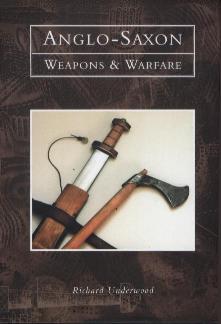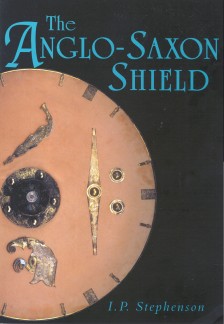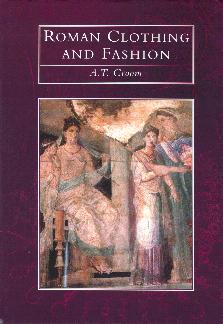
Anglo-Saxon Weapons and Warfare
Richard Underwood
In this much needed and magnificently illustrated survey, Richard Underwood describes the weapons and equipment of the Anglo-Saxon warrior during the three-and-a-half centuries from the end of Roman Britain to the arrival of the Vikings (AD 450-800).
To a wide range of archaeological, literary and historical evidence, he adds his own experience of making and using Anglo-Saxon equipment as an active member of re-enactment and living history societies. Individual chapters cover the construction and use of hand to hand combat weapons (spear, sword, seax, axe), missile weapons (bow, javelin, fransisca) and protective equipment (shield, helmet, mail).
The book concludes with an analysis of the nature of warfare in the period, the reasons men fought and the tactics they used.
The text is illustrated throughout with colour and black and white photographs and original drawings by Karen R. Dixon.
Pub: Tempus. ISBN 0 7524 1412 7




